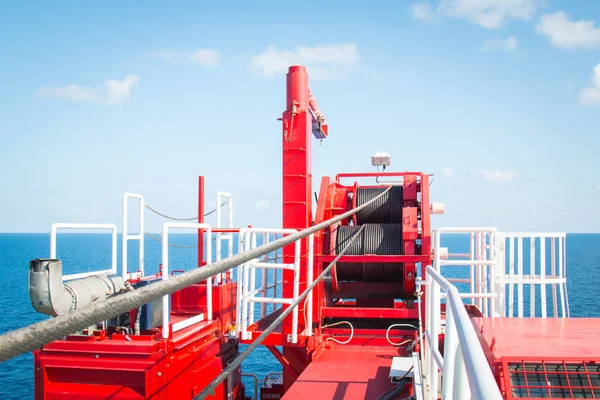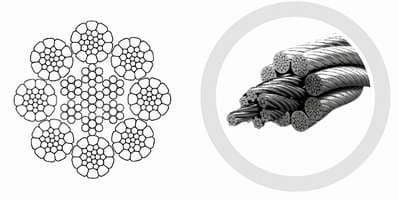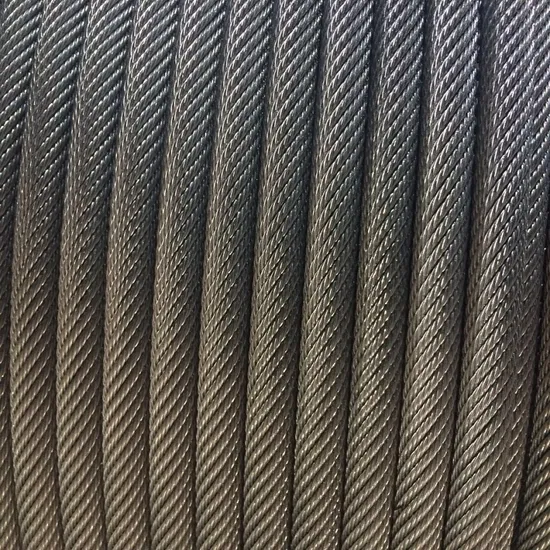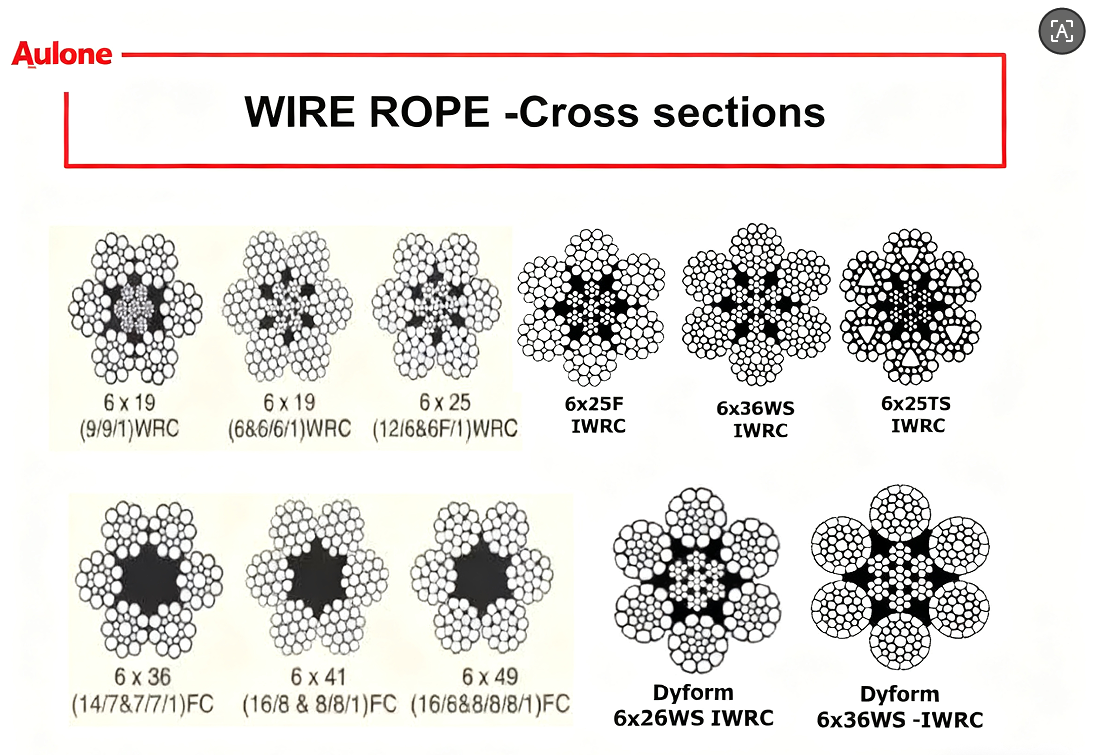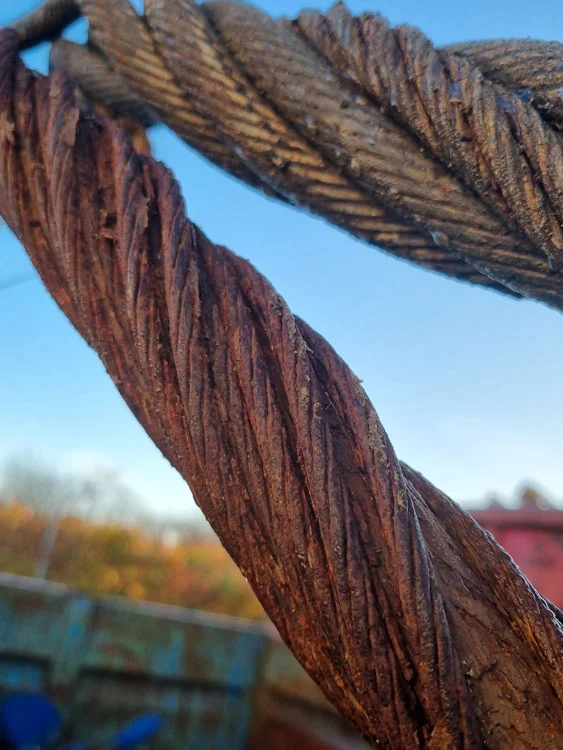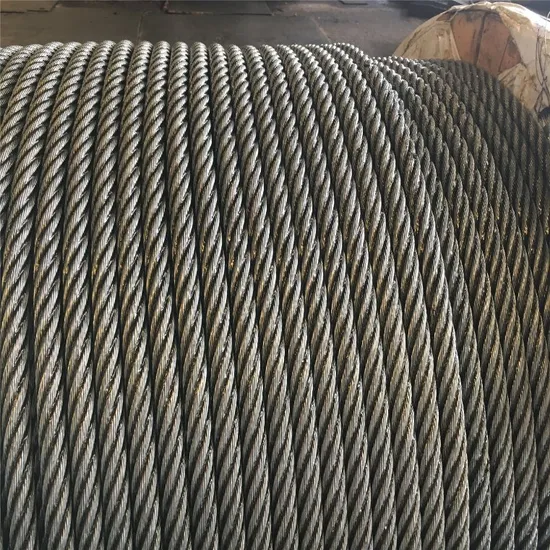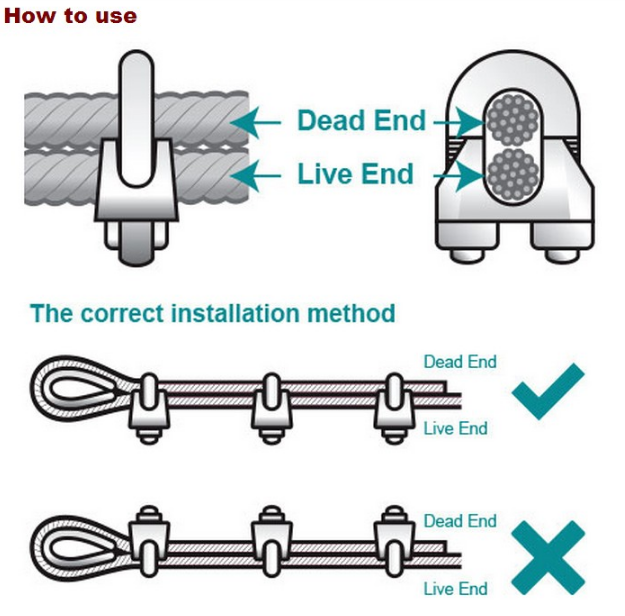
Is your wire rope slipping? This can cause serious safety issues. Learning to properly clamp wire rope is crucial for safety and performance.
Proper wire rope clamping is essential for secure connections. It prevents slippage and ensures the wire rope operates safely.
I once worked on a project where an improperly clamped rope caused major delays. It was a lesson I’ll never forget. This experience really highlighted the importance of getting it right.
Why Do We Need to Clamp Wire Rope?
Poor clamping leads to serious problems. It makes the rope connection weak. This can cause equipment failure or accidents.
Clamping wire rope provides a secure and permanent termination. It holds the rope in place. This ensures safe and efficient operation.
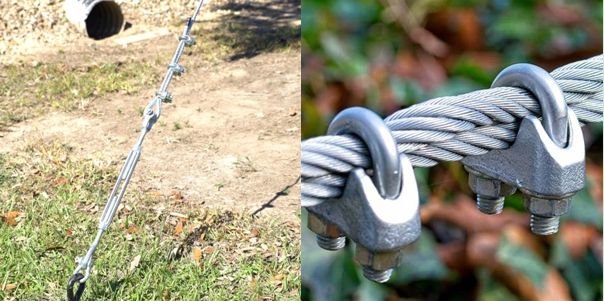
Dive Deeper: The Importance of Secure Connections
Securing wire rope is about safety. It is also about efficiency. A strong connection means less downtime. It also means fewer repairs.
When ropes are clamped badly, they can slip. This reduces the load capacity. It can even lead to rope failure. Think of it like this:
Common Problems from Bad Clamping
| Problem | Impact on Safety | Impact on Performance |
|---|---|---|
| Rope Slippage | High | High |
| Reduced Strength | High | High |
| Premature Wear | Medium | Medium |
| Unexpected Breakage | Very High | Very High |
Industry Standards for Clamping
Following industry standards is not just a suggestion. It is a requirement. Standards like EN12385-4 define how to clamp ropes. They ensure quality and safety. My company, Aulone, always meets these standards. We can provide BV, CE, RMRS, DNV, and ABS certificates. This shows our commitment to high quality.
Environmental Factors Affecting Clamps
The environment plays a role. In marine settings, clamps face corrosion. So, galvanized or stainless steel ropes are better. We offer both. Our wire ropes are high quality. They have high tensile strength. They also have a high breaking load. This makes them suitable for tough conditions.
What Are the Different Methods for Clamping Wire Rope?
There are several ways to clamp wire rope. Each method has specific uses. Choosing the right method is important for safety.
Common methods include using wire rope clips, swaging, and splicing. Each method offers different levels of strength and permanence.
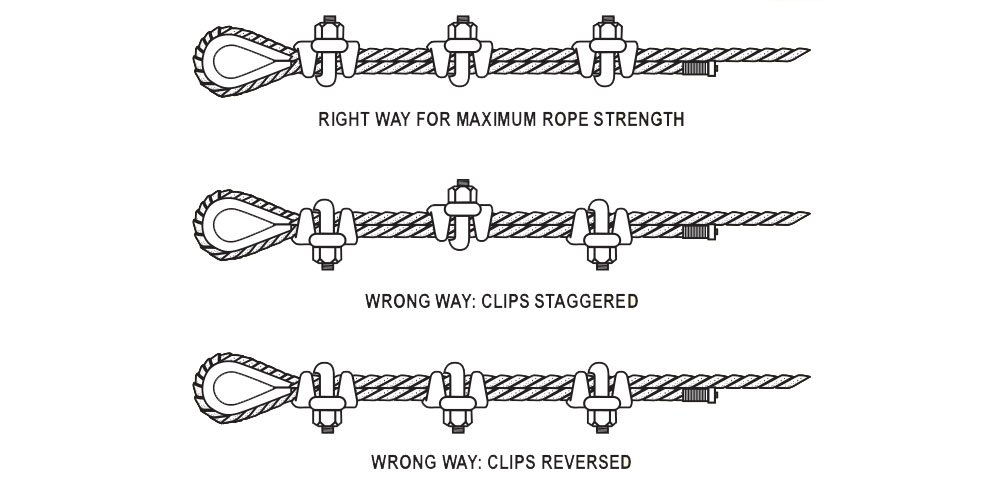
Dive Deeper: Exploring Each Clamping Method
Understanding each method helps you choose the best one.
Wire Rope Clips (U-Bolts)
Wire rope clips are popular. They are easy to use. They are usually for temporary or non-critical applications. But they can be strong if used correctly.
How to Install Clips
- Make a loop.
- Place the first clip one base width from the dead end.
- The “U” part of the clip must be on the dead end. Never on the live end.
- Tighten nuts evenly.
- Add more clips as needed. Space them correctly.
- Retighten nuts after initial load.
We import wire ropes for many uses. This sometimes includes needing clips. Our products include specialized assemblies. These are ready to use. This makes things easier for customers like purchasing managers.
Swaging (Crimping)
Swaging creates a very strong connection. It uses a metal sleeve or fitting. This sleeve is pressed onto the rope. It is a permanent method.
Advantages of Swaging
- High Strength: Swaged connections are very strong.
- Permanent: Once done, it is hard to undo.
- Neat Finish: It looks cleaner than clips.
At Aulone, we have four production lines. We export to many countries. These include Singapore, Indonesia, and Australia. Swaged assemblies are often requested for these exports.
Splicing (Loop Splicing)
Splicing involves weaving the rope strands. It forms a loop. This method needs skill. It results in a very strong connection. It is often used for marine ropes.
Types of Splicing
- Eye Splicing: Creates a loop at the end.
- Short Splicing: Joins two ropes permanently.
We produce marine wire rope. Splicing is key for these products. It ensures high quality and safety for our clients.
What Are the Key Considerations When Clamping Wire Rope?
Clamping wire rope needs careful thought. Many factors influence the success of a clamp. Ignoring them can lead to danger.
Key considerations include rope diameter, material, application needs, and environmental factors. Always follow manufacturer guidelines.

Dive Deeper: Factors Influencing Clamp Choice
Choosing the right clamp is not simple. It requires knowledge.
Rope Diameter and Type
The size of the rope matters. You must use the correct clamp size. Using the wrong size causes weakness. Also, different rope types need different clamps. For example, galvanized wire rope needs specific consideration. We offer many types, including stainless steel wire rope.
Application and Load Requirements
What will the rope be used for? How much weight will it carry? For cranes, you need very strong clamps. For mining, the conditions are harsh. My company makes crane wire rope and mining wire rope. Our ropes are high quality. They have high breaking load.
Environmental Conditions
Will the rope be wet? Will it be outside? Marine environments need corrosion-resistant clamps. High temperatures can also affect clamp performance. Plastic impregnated ropes can offer extra protection.
Compliance with Standards
Always follow industry standards. My products comply with EN12385-4. We can also provide certificates like BV, CE, and DNV. This is important for our clients, especially those with strict quality control.
Tooling and Installation Expertise
Using the right tools is critical. Installing clamps needs skill. Bad installation is a major cause of failure. It is always best to have trained people do the work.
| Factor | Importance | Impact of Error |
|---|---|---|
| Correct Clamp Size | Very High | Reduced strength, slippage |
| Proper Tooling | High | Damaged rope, weak connection |
| Experienced Installer | Very High | Safety hazards, complete failure |
| Environmental Suitability | High | Corrosion, premature wear |
| Standard Compliance | Very High | Legal issues, unsafe operation |
We work with large corporations. They demand high quality. They also want certifications. This is why we focus on these details. Our goal is to provide reliable products.
Conclusion
Properly clamping wire rope is about safety and performance. Use the right method, understand the factors, and always follow best practices.

